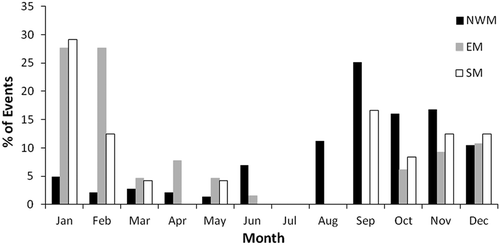Figures & data
Figure 1. The Mediterranean region: (a) relief and different limits; (b) annual water balance studies; (c) event-based studies; and (d) drought studies.
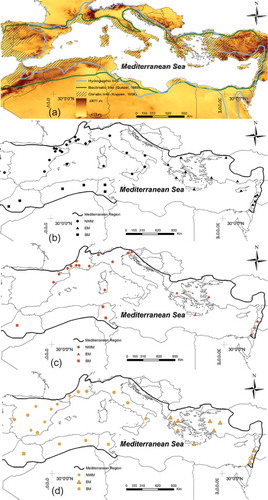
Table 1. Characteristics of the annual water balance studies in Mediterranean catchments. Nc: number of catchments; Ac: catchment area; Zc: catchment mean elevation; Period: period or number of years used to calculate the water balance components.
Table 2. Summary information of the flood studies in (c). Nc: number of catchments; Ne: number of events; Ac: catchment area; X: data available, –: data not available.
Table 3. Summary of information on the chosen droughts studies in (d). Nc: number of catchments.
Table 4. Summary statistics of climatic and hydrological variables for the studied catchments ( and (b)) for the three Mediterranean sub-regions (NWM, EM and SM). MAP: mean annual precipitation; ET0: reference evapotranspiration; MAQ: mean annual runoff.
Figure 2. Relationship between mean annual runoff (MAQ) and mean annual precipitation (MAP) for the three studied sub-regions (NWM, EM and SM). Filled symbols indicate karstic catchments in each sub-region.

Figure 3. Plot of mass balance data from the study catchments on a Budyko diagram: mean annual runoff coefficient MAQ/MAP function of the aridity index ET0/MAP. MAP: mean annual precipitation; MAQ: mean annual runoff; ET0: mean annual reference evapotranspiration for the three sub-regions NWM, EM and SM; Filled symbols indicate karstic catchments in each sub-region.
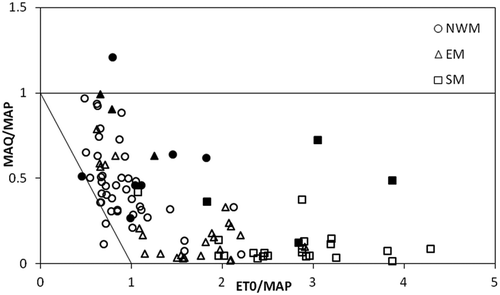
Figure 5. Relationship between rainfall depth and event duration for the studied events over the three studied sub-regions (NWM, EM and SM).
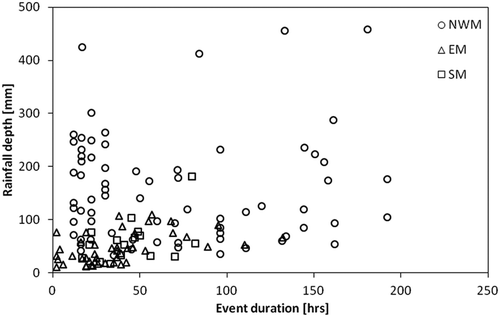
Figure 6. Relationship between unit peak discharge and (a) catchment area, (b) rainfall depth and (c) event duration.
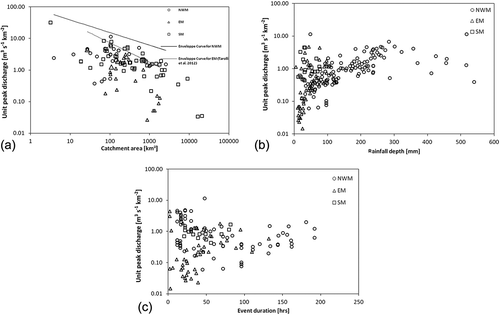
Figure 7. Relationship between (a) runoff depth and rainfall depth, and (b) runoff ratio and rainfall depth.
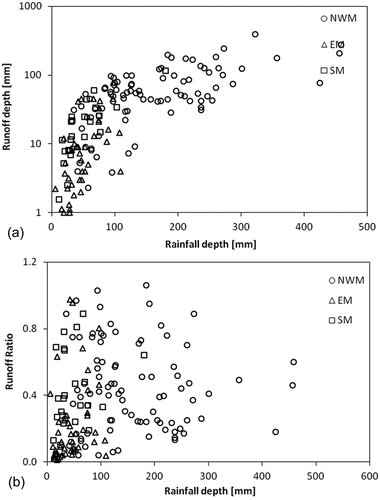
Table 5. The main objectives and the models used for continuous streamflow simulation studies in the Mediterranean.
Table 6. The main objectives and models used for event-based studies in the Mediterranean.
Table 7. The main objectives and methods used for the chosen drought studies in the Mediterranean.

